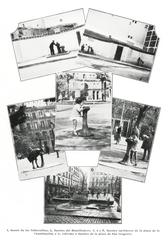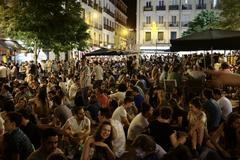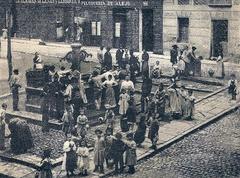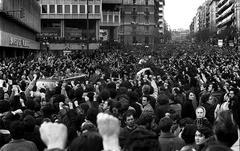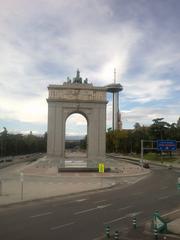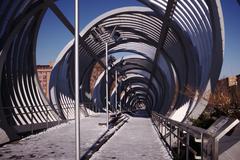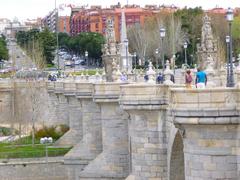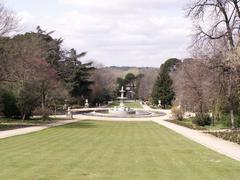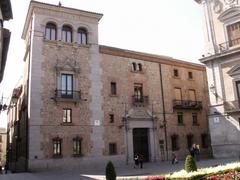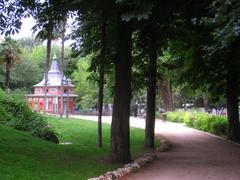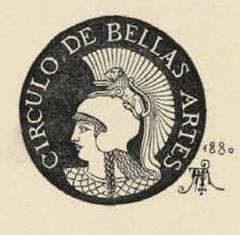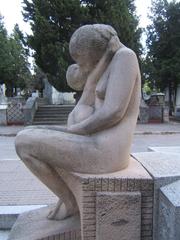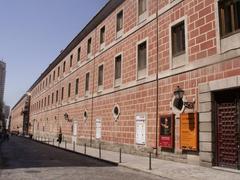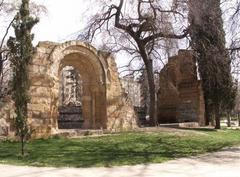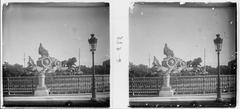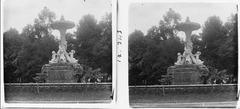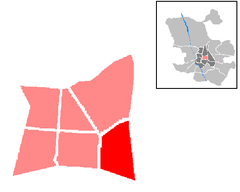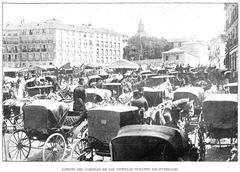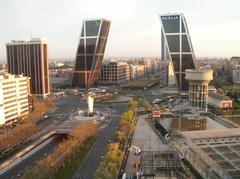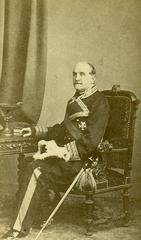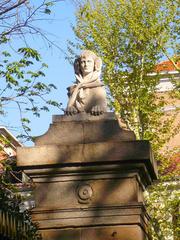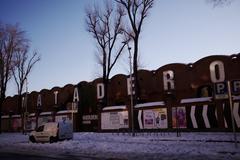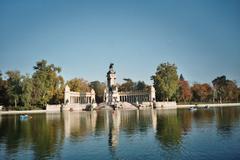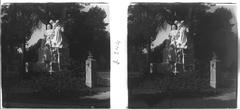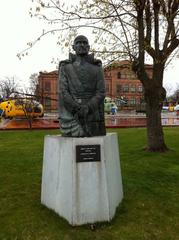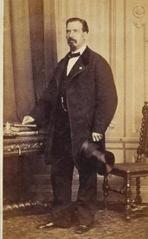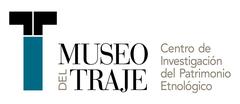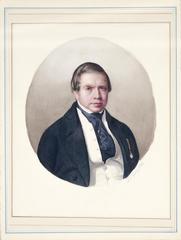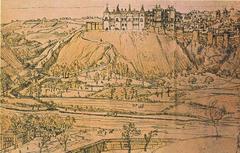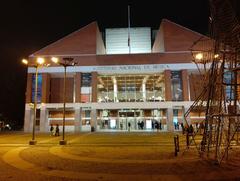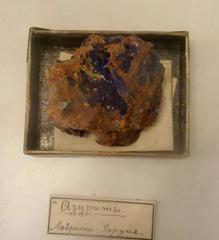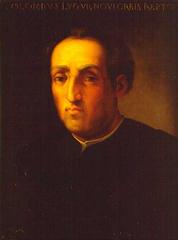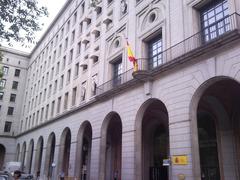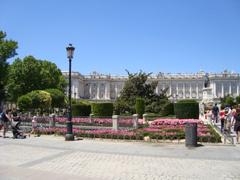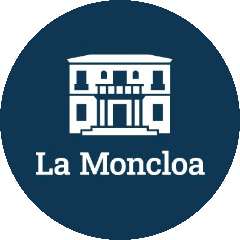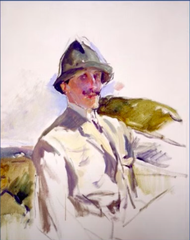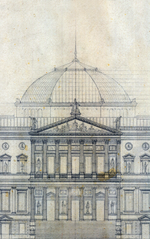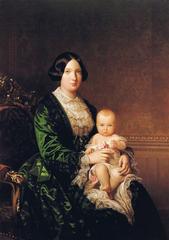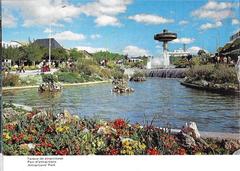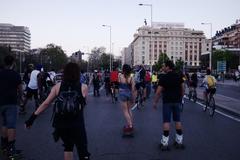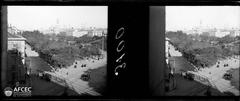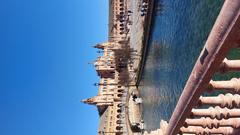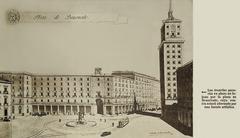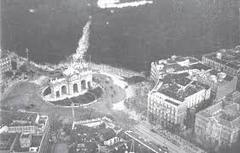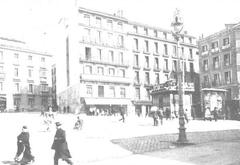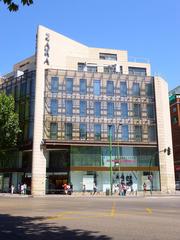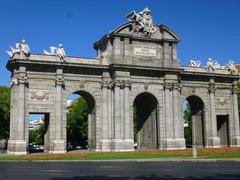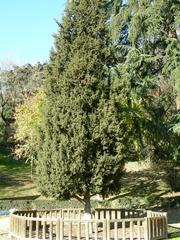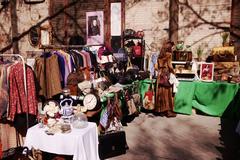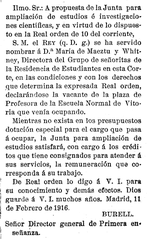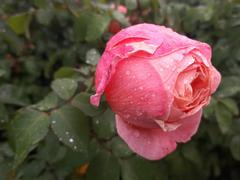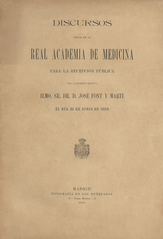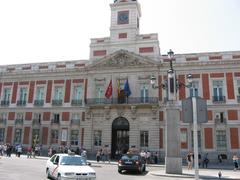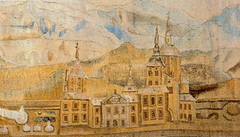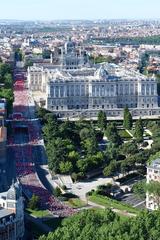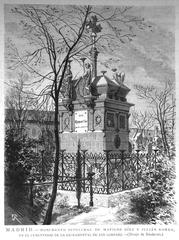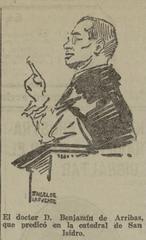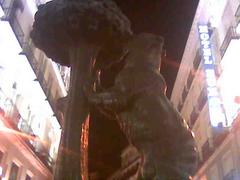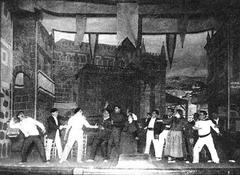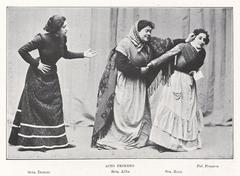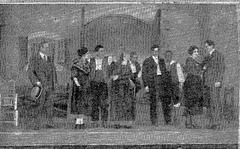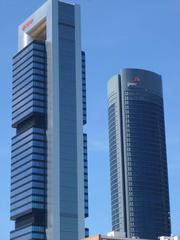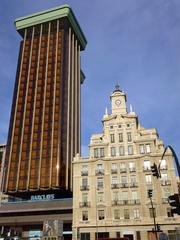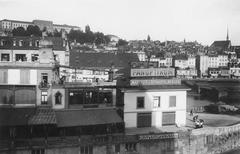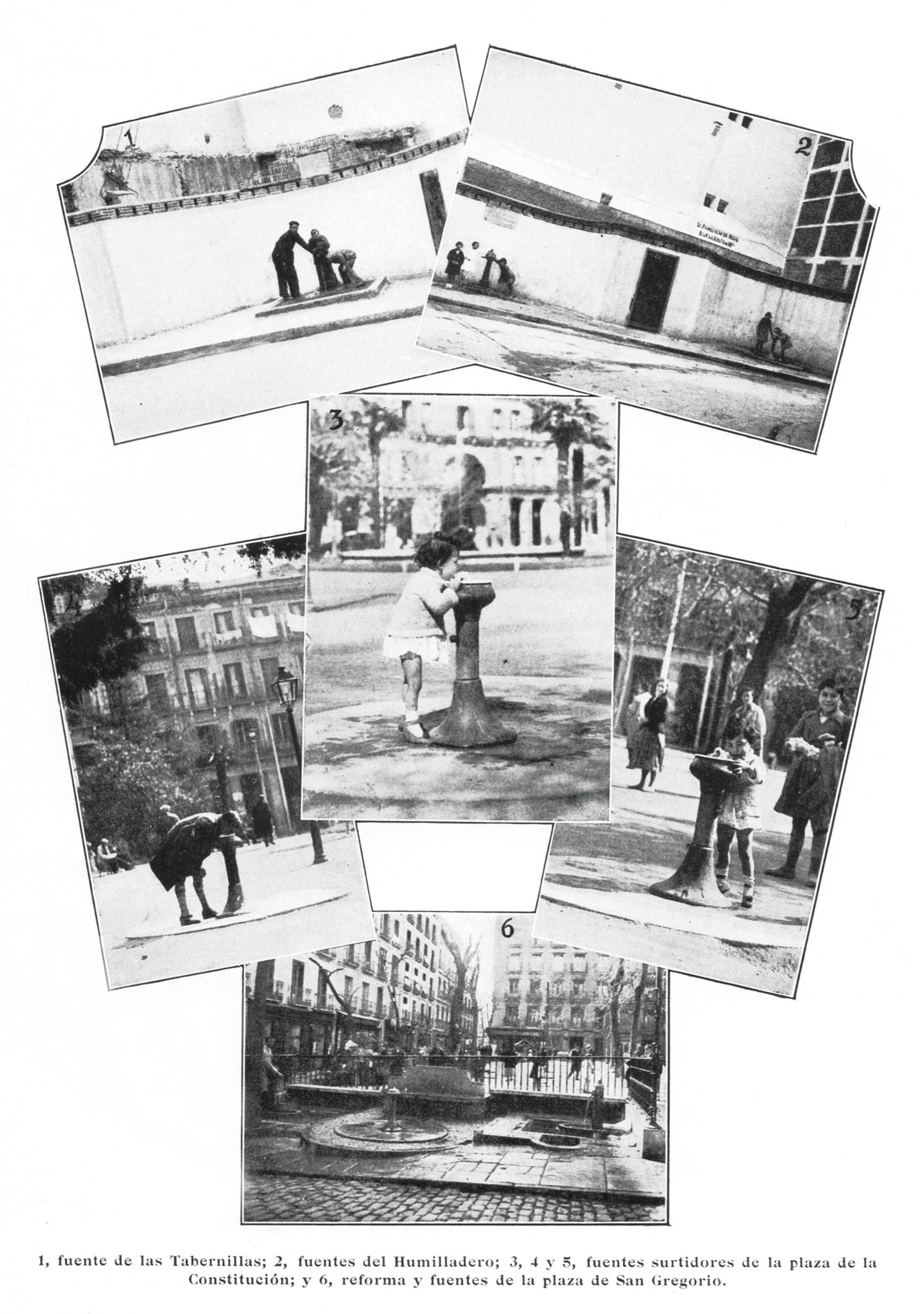
Comprehensive Guide to Visiting Plaza De Chueca, Madrid, Spain
Published Date: 18/08/2024
Why Visit Plaza De Chueca?
Plaza de Chueca is a historic and culturally rich square nestled in the Justicia neighborhood of Madrid, Spain. Originally known as Plaza de San Gregorio Magno, it was renamed in 1943 in honor of Federico Chueca, a celebrated Spanish composer renowned for his contributions to zarzuelas and operas. Over time, the square has evolved from a modest neighborhood into the vibrant heart of Madrid’s LGBTQ+ community. This transformation was driven by various factors, including the emergence of La Movida Madrileña, a cultural movement in the 1980s that fostered creativity and inclusivity (ShMadrid; Madrid Metropolitan).
Today, Plaza de Chueca is a bustling social and cultural hub, known for its lively atmosphere, diverse community, and rich history. It attracts both locals and tourists with its eclectic mix of bars, cafes, boutiques, and cultural venues. The annual Gay Pride celebrations, held in late June or early July, showcase the neighborhood’s vibrant spirit and inclusivity, making it a significant cultural event in Madrid (Time Out). This comprehensive guide aims to provide visitors with an in-depth understanding of Plaza de Chueca, covering its history, significance, visitor information, and tips for an enriching experience.
What You’ll Find in This Guide
- Introduction
- History of Plaza de Chueca
- Origins and Naming
- Historical Significance
- Transformation and Modernization
- Cultural Renaissance
- Architectural and Artistic Highlights
- Notable Events and Festivals
- Modern-Day Chueca
- Visitor Information
- Visiting Hours and Tickets
- Accessibility
- Visitor Tips
- Timing
- Dining
- Shopping
- Nightlife
- Cultural Sites
- FAQ
- Conclusion
Discover Plaza de Chueca: History, Visiting Hours, Tickets, and Cultural Significance in Madrid
Introduction
Plaza de Chueca, located in the Justicia neighborhood of Madrid, is a vibrant and historic square that has undergone significant transformations over the years. From its origins as Plaza de San Gregorio Magno to its modern-day status as the heart of Madrid’s LGBTQ+ community, Plaza de Chueca offers a rich cultural experience for visitors. This guide will provide you with a comprehensive overview, including history, visiting hours, ticket information, and tips for making the most of your visit.
History of Plaza de Chueca
Origins and Naming
Plaza de Chueca, originally known as Plaza de San Gregorio Magno, is a small pedestrian square located in the Justicia neighborhood of Madrid. The square was renamed in 1943 in honor of Federico Chueca, a renowned Spanish composer born in Madrid in 1846. Chueca was celebrated for his contributions to zarzuelas and operas, with notable works such as “La alegría de la huerta” and “La Gran Vía” (ShMadrid).
Historical Significance
The area surrounding Plaza de Chueca has been inhabited since the founding of Madrid. Historically, it was a modest neighborhood, characterized by single-story buildings and narrow, winding streets. This setting made it a suitable backdrop for the “sainetes” (short, comedic plays) of playwrights like Ramón de la Cruz and Francisco Gregorio de Salas (Wikipedia).
Transformation and Modernization
In the 1970s, Plaza de Chueca and its surrounding areas experienced a period of decline, becoming associated with crime, drugs, and prostitution. Many businesses closed, and the neighborhood was nearly deserted. However, the 1980s and 1990s marked a turning point. The LGBTQ+ community began to reclaim and revitalize the area, transforming it into a vibrant and inclusive neighborhood. This transformation was driven by a combination of community efforts, local business investments, and support from the city government (ShMadrid).
Cultural Renaissance
By the late 1990s and early 2000s, Plaza de Chueca had become the symbolic heart of Madrid’s LGBTQ+ community. The square and its surrounding streets were revitalized, with new businesses, cafes, and cultural venues opening up. The annual Gay Pride celebrations, which take place in late June or early July, have become a major event, attracting visitors from around the world. The festivities include parades, parties, and cultural events, making Chueca one of the most lively and colorful neighborhoods in Madrid (Time Out).
Architectural and Artistic Highlights
Plaza de Chueca is not only a social and cultural hub but also a place of architectural and artistic interest. The square is surrounded by historic buildings that have been carefully preserved and modernized. One notable example is the Mercado de San Antón, a traditional market that has been transformed into a modern space with gourmet food stalls, an art gallery, and a rooftop bar (Time Out).
Notable Events and Festivals
The Festival Visible, held annually during Gay Pride, is a significant cultural event in Chueca. This festival showcases works by prominent artists such as Jean Cocteau, Wilhelm van Gloeden, and David Hockney. The festival includes exhibitions, performances, and other cultural activities that celebrate diversity and inclusivity (Wikipedia).
Modern-Day Chueca
Today, Plaza de Chueca is a bustling and dynamic area, known for its lively atmosphere, diverse community, and rich cultural offerings. It is a popular destination for both locals and tourists, offering a wide range of activities, from shopping and dining to nightlife and cultural events. The square and its surrounding streets are home to numerous cafes, bars, boutiques, and cultural venues, making it a must-visit destination in Madrid (Madrid Sensations).
Visitor Information
Visiting Hours and Tickets
Plaza de Chueca is a public square and is open 24 hours a day, seven days a week. There is no entrance fee to visit the square itself; however, some of the nearby attractions and events may have specific ticket prices and opening hours. For example, the Mercado de San Antón typically operates from 10 AM to midnight, while ticket prices for cultural events can vary.
Accessibility
The square and its surrounding streets are generally accessible to visitors with mobility impairments. However, some older buildings may not have modern accessibility features. It is advisable to check with individual venues for specific accessibility information.
Visitor Tips
For those planning to visit Plaza de Chueca, here are some tips to make the most of your experience:
- Timing: Visit during the annual Gay Pride celebrations to experience the neighborhood at its most vibrant. However, be prepared for large crowds and a lively atmosphere.
- Dining: Explore the diverse culinary offerings in Chueca, from traditional Spanish tapas to international cuisine. Notable spots include the Mercado de San Antón and various tapas bars like El Tigre and Ángel Sierra (Time Out).
- Shopping: Take a stroll along Calle Fuencarral, a bustling shopping street with a mix of designer boutiques and well-known brands. Don’t miss the unique shops and markets in the area, such as the San Antón Market (Madrid Sensations).
- Nightlife: Experience Chueca’s famous nightlife, with a variety of bars, clubs, and entertainment venues catering to the LGBTQ+ community and beyond. Popular spots include Black & White, Delirio, and Why Not? (Time Out).
- Cultural Sites: Visit the Museum of Romanticism and other cultural landmarks in the area to get a sense of the neighborhood’s rich history and artistic heritage (Madrid Secreto).
FAQ
- What are the opening hours for Plaza de Chueca?
- Plaza de Chueca is open 24 hours a day, seven days a week.
- How do I get tickets for events at Plaza de Chueca?
- Tickets for events can be purchased at the venue or online. Prices vary depending on the event.
- Is Plaza de Chueca accessible?
- The square is generally accessible, but it’s advisable to check with individual venues for specific accessibility features.
Conclusion
By following these tips and exploring the many facets of Plaza de Chueca, visitors can enjoy a memorable and enriching experience in one of Madrid’s most iconic neighborhoods. Don’t forget to download the Audiala app for more updates and check out related posts for additional information.
Visuals and Media
High-quality images and videos will be placed throughout the article to enhance the reader’s experience. These visuals will be optimized for the web with correct sizing and alt tags containing relevant keywords.
Summary and Final Thoughts
Plaza de Chueca stands as a testament to the resilience and creativity of its community. From its humble beginnings to its current status as the epicenter of Madrid’s LGBTQ+ culture, the square has undergone significant transformations that reflect broader social changes in Spain. Today, it offers a unique blend of historical significance, architectural beauty, and cultural vibrancy, making it a must-visit destination in Madrid. Whether you’re interested in exploring its rich history, enjoying its diverse culinary scene, or experiencing its lively nightlife, Plaza de Chueca has something to offer everyone.
Visiting Plaza de Chueca during the annual Gay Pride celebrations provides an unparalleled experience, as the neighborhood comes alive with parades, parties, and cultural events that celebrate diversity and inclusivity. Additionally, the square’s accessibility and variety of attractions make it suitable for all types of visitors. By following the tips and information provided in this guide, you can ensure a memorable and enriching experience in one of Madrid’s most iconic neighborhoods (Madrid Metropolitan; Time Out).
